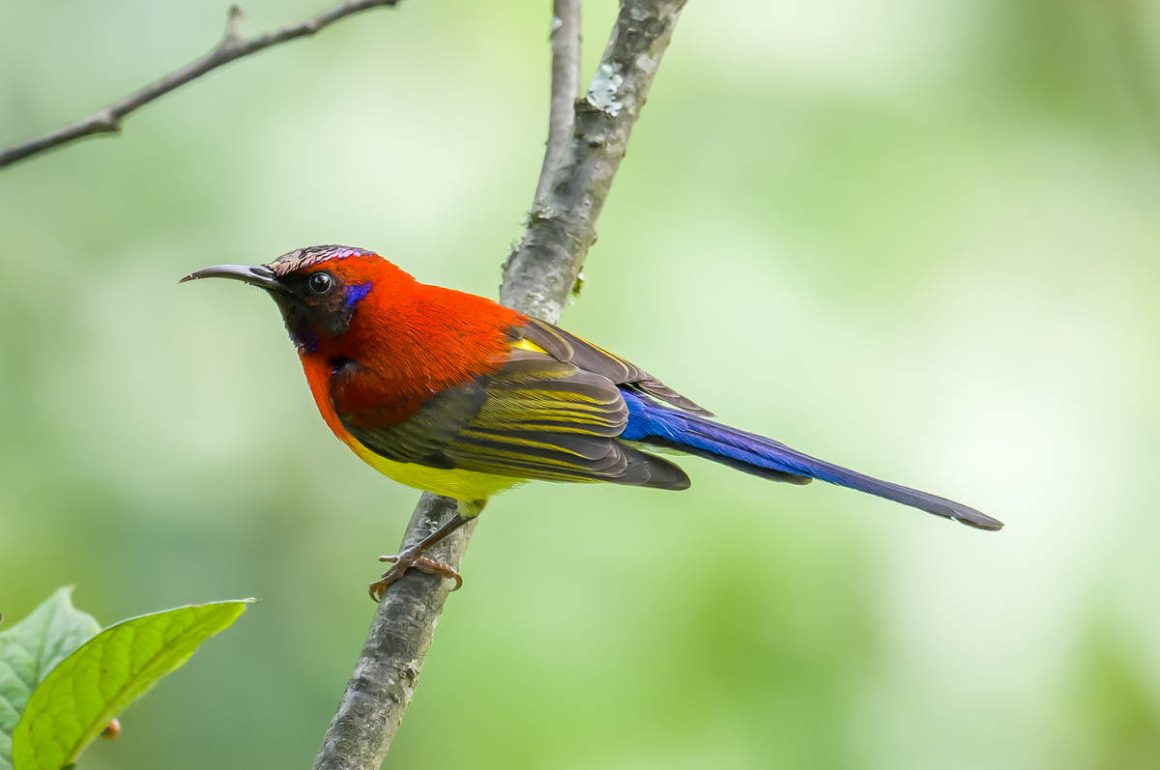
For birders, the Wolongshan area is like a poorer cousin of Balangshan – due to the lower elevation, the bird species here are more common and thus less interesting. And of course, birders (at least me) do not care too much for Giant Pandas, which are the main attraction of this area, despite their pathetic habits. I mean, I have never heard of birds needing sex videos of their own species just to procreate …
Anyway, there are a few interesting bird species here, at least for visitors from Shanghai.
One is the Chinese Babax, with its characteristic piercing eyes.
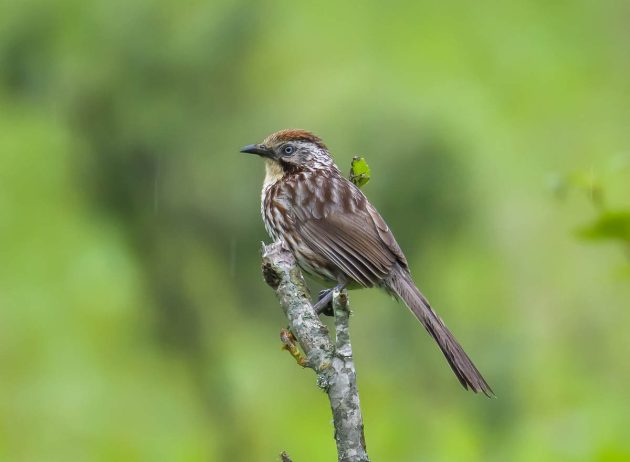
Actually, I am quite familiar with that look from my wife whenever I put up the laundry to dry, as I always seem to do it wrong in some way or another. I guess there is some secret knowledge to it which I will never master.
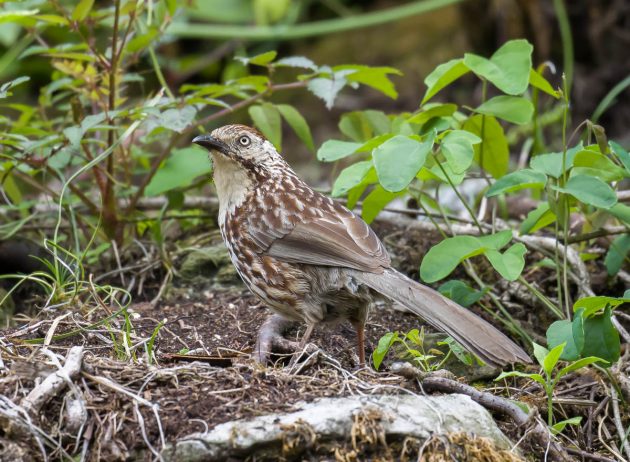
Some Chinese Babax waste part of their lives feeding chicks of Large Hawk Cuckoos, which parasitize the babax species. Indeed, most cuckoo eggs are accepted by the babax (source), although a small proportion of hosts reject cuckoo eggs and often boast about this capability when having a few too many drinks.
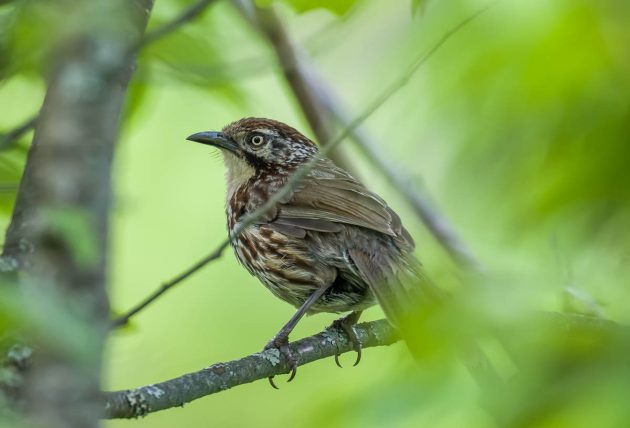
The Chinese Babax is a laughingthrush, as is Elliot’s Laughingthrush.
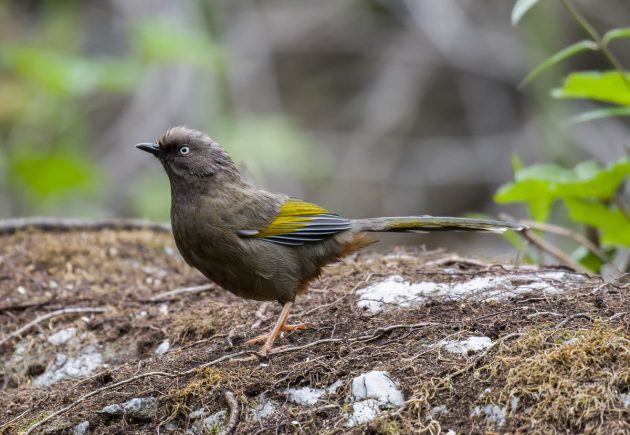
Similarly glaring eyes, even though I did not do any laundry.
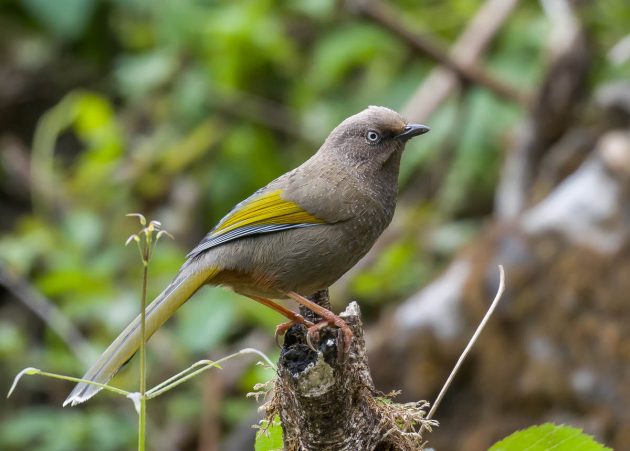
It is supposed to be quite confiding, but unfortunately, nobody told the individuals I encountered on this trip.
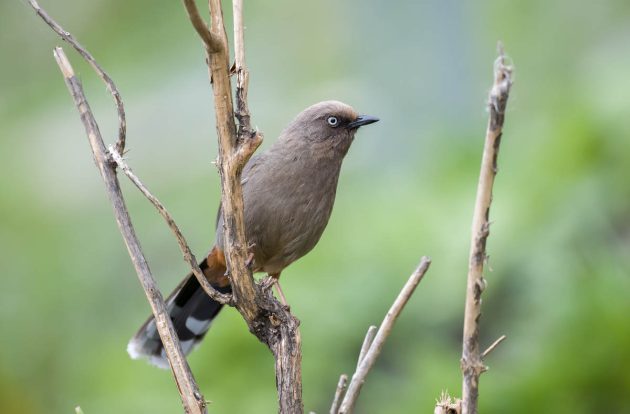
I can confirm that the Indian Blue Robin – as stated by the HBW – tends to sing from deep cover – not ideal behavior for a bird photographer. If I looked as good as this bird, I would not feel the need to hide.
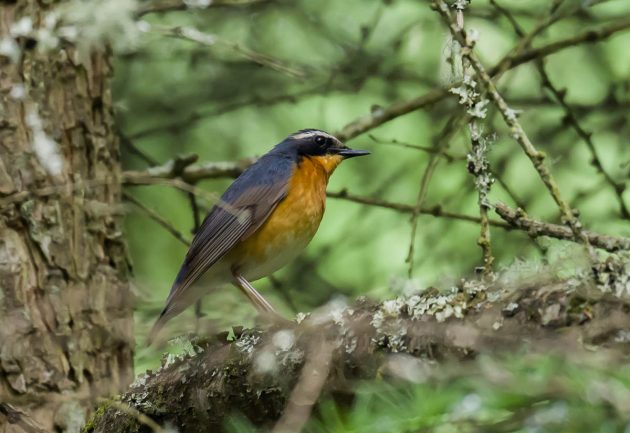
The Latin species name is brunnea, “brown”, which is kind of counterintuitive for a grey-blue, white and orange bird until one remembers that many other bird names also do not make much sense.
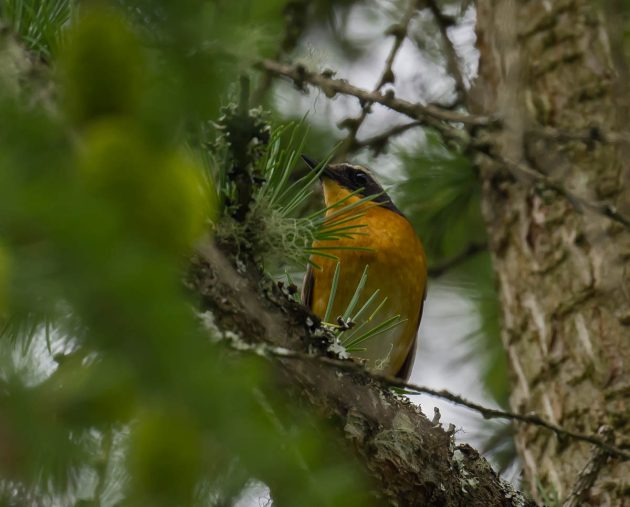
Similarly, it is hard for me to understand the English name of the White-collared Yuhina. I actually looked this up in case my understanding had been wrong for the last more than 50 years, but indeed, the collar is “the part of a garment that encircles the neck” (source).
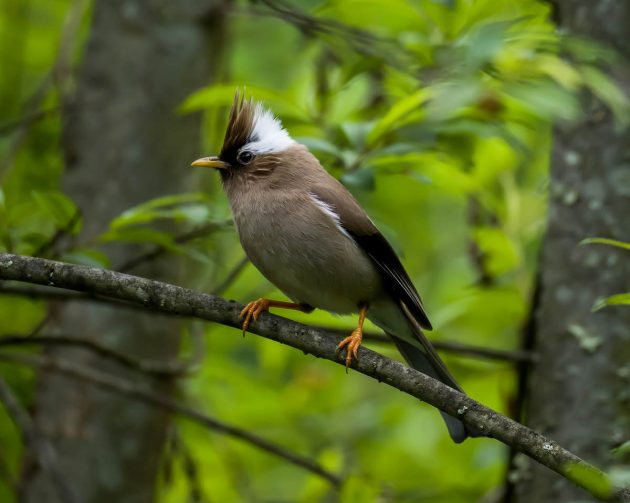
The HBW describes the species as having a “prominent white nuchal collar”, and while the “nuchal” seems correct, I still find it hard to describe something as a collar that does not go around the neck. Isn’t that the essential property of a collar? I suspect the HBW described the bird based on the name only without looking at actual photographs.
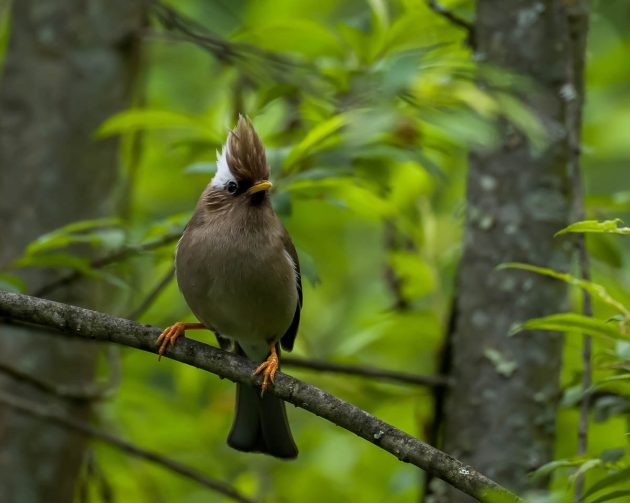
Unfortunately, there are not many papers on the species except for the inevitable one covering “The complete mitochondrial genome sequence of White-collared Yuhina”. I almost misread the final Declaration of Interest of the paper as “the authors report no interest in the content of the paper”, but admittedly, that is not what is stated there.
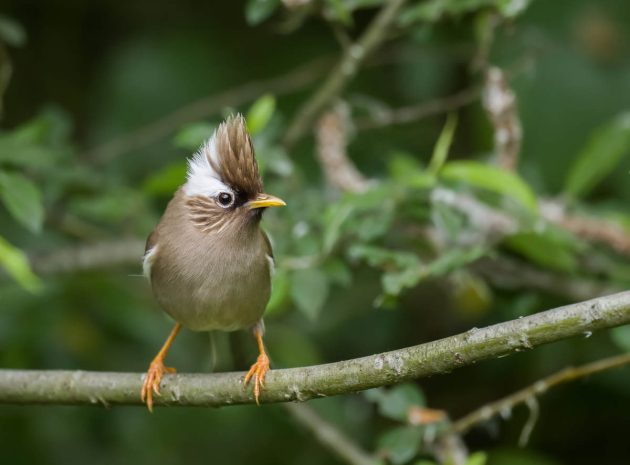
And would you believe it, the Green-backed Tit is not particularly green-backed either, though I have to admit that this name sounds better than “Slightly darker-yellow-backed Tit”.
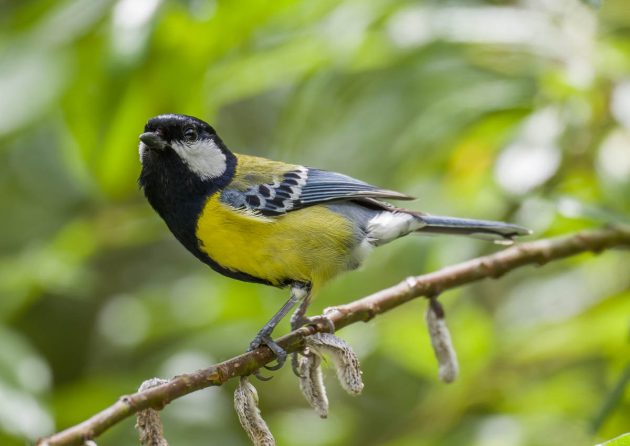
Though the HBW generously describes the species as having a greenish back.
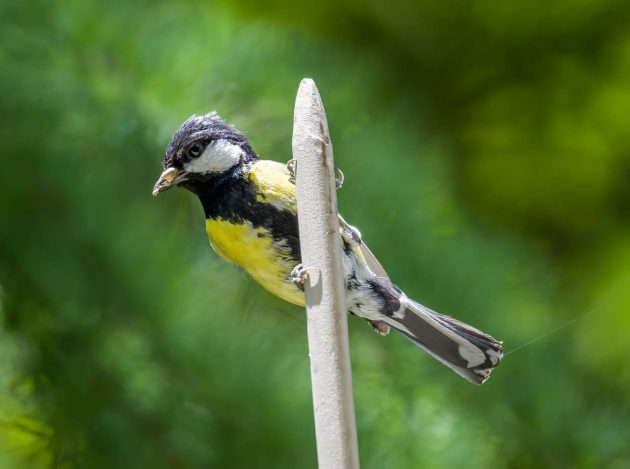
Accordingly, the species name monticulus describes the species as living in the mountains rather than having a green back.
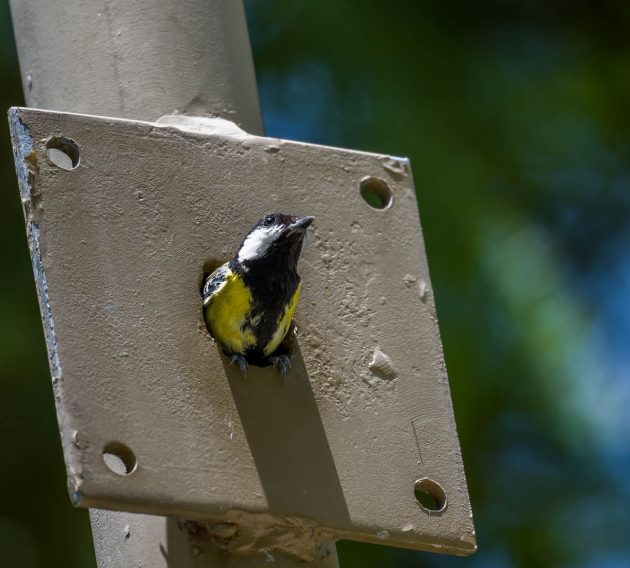
A nesting hole made out of steel. For the discerning tit with a focus on quality.
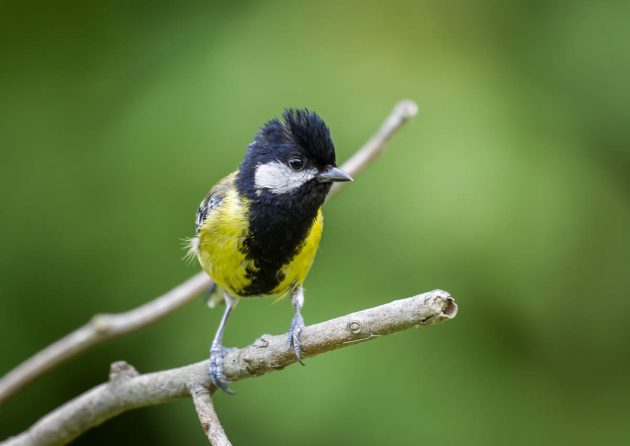
Finally: the Yellow-bellied Tit indeed has a yellow belly.
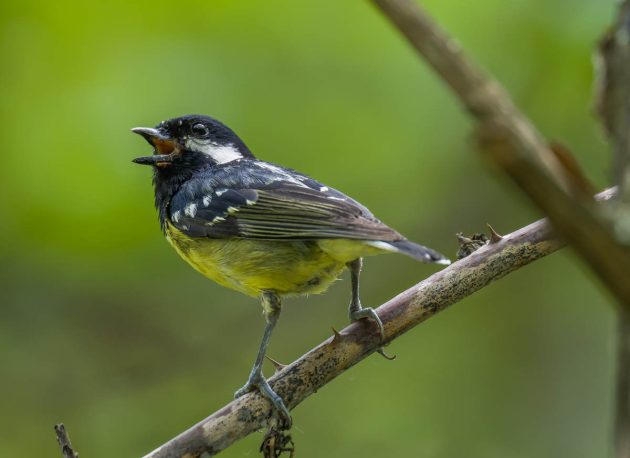
eBird is charmed by the species, calling it “a tiny luminous ball of feathers”. That is in line with the Latin species name of venustulus, “charming, lovely”.
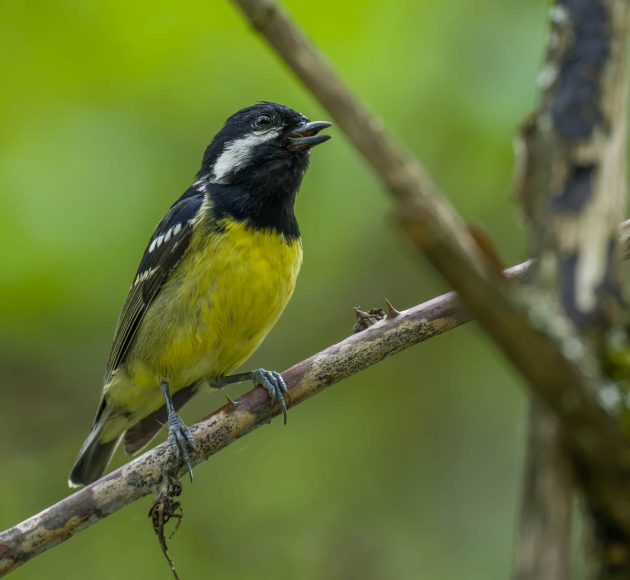
And you guessed it: somebody published a paper on the “Complete mitochondrial genome of the Yellow-bellied Tit” . Padding up your list of publications was never this easy.
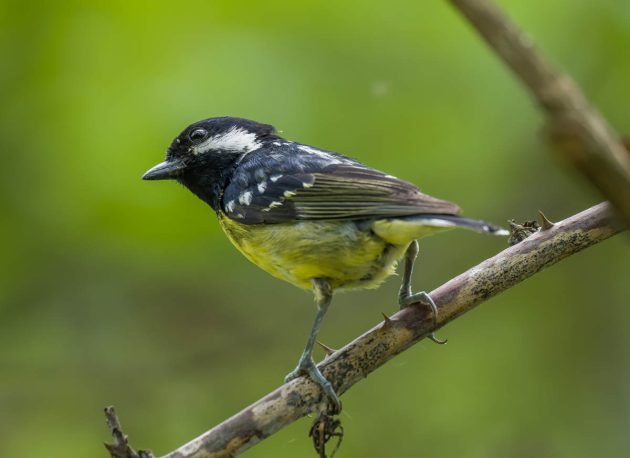
According to eBird, Martens’s Warbler is “a bright and attractive small warbler with many virtually identical relatives”.
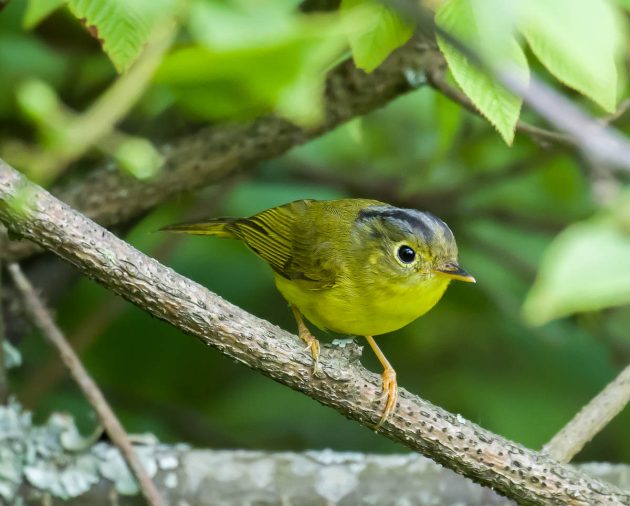
One among these is Alstroem’s Warbler. So, there are two warblers both named after ornithologists still alive, Jochen Martens (a German) and Per Alstroem (a Swede). Both seem to be a bit full of themselves, having/accepting a bird named after themselves, which is so colonial. Bad manners, I think.
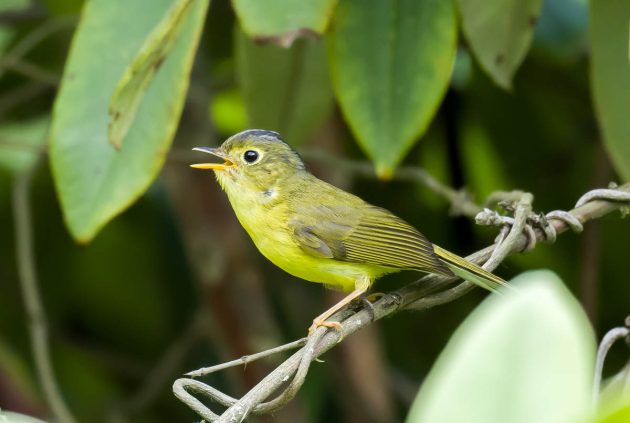
Amusingly, they also seem to dislike each other, or at least disagree with each other. Here are some quotes from a 2000 paper by Per Alstroem comparing papers authored by him and Martens, both on certain similar warbler species:
“The paper by Alstrom and Olsson is based on fieldwork at nine different localities throughout the range of the ‘Golden-spectacled Warbler’ during 14 different visits over 12 years, and a study of more than 700 specimens, including all traceable types. In contrast, the paper by Martens et al. is based on a study of specimens and tape recordings collected during one visit to each of two localities in central China in 1997 and 1998 and their own tape recordings and specimens from Nepal; in all, 196 specimens were examined.
Meaning: we did real science, Martens did not.“
“Unlike Alstrom and Olsson, Martens et al. apparently did not examine any type specimens.” Meaning: we did real science, Martens did not.
“Surprisingly, [Martens et al.] did not consider any of the four names listed as synonyms by Watson et al. 1986: Cyptolopha auricapilla Swainson, 1837; Acanthiza arrogans Sundevall, 183 8; Muscicapa bilineata Lesson, 1839; and Cyptolopha bimanica Berezowski & Bianchi, 1891).” Meaning: Martens did not do his homework and does not do real science.
The bird that contributed to this quarrel does not seem concerned, though. Maybe it does not care very much.
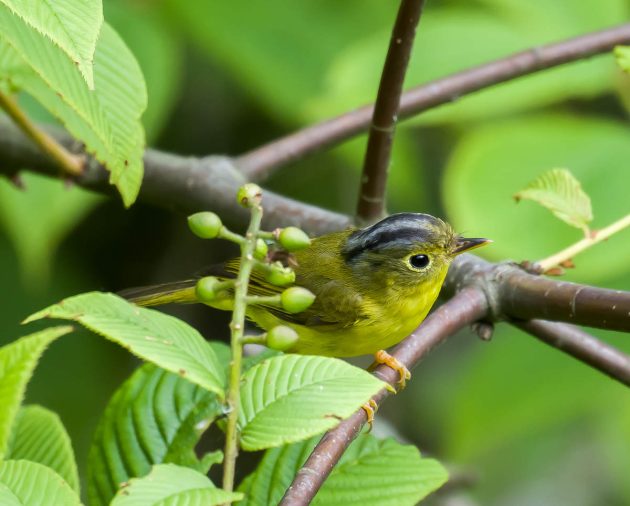
This male Plumbeous Water Redstart tried to ignore its chick.
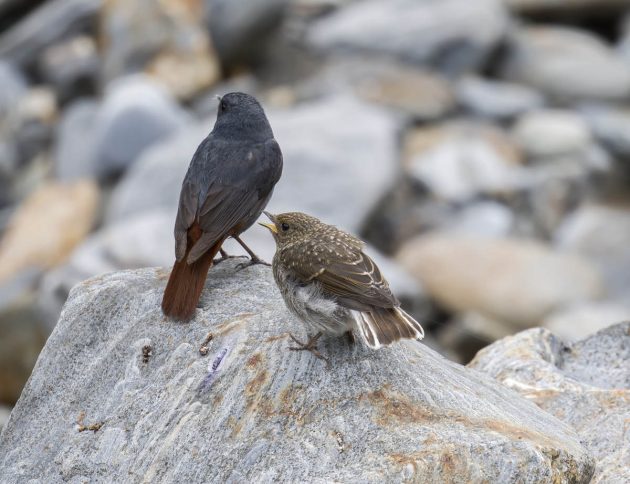
Difficult – no, hopeless. Should have thought of that before having chicks.
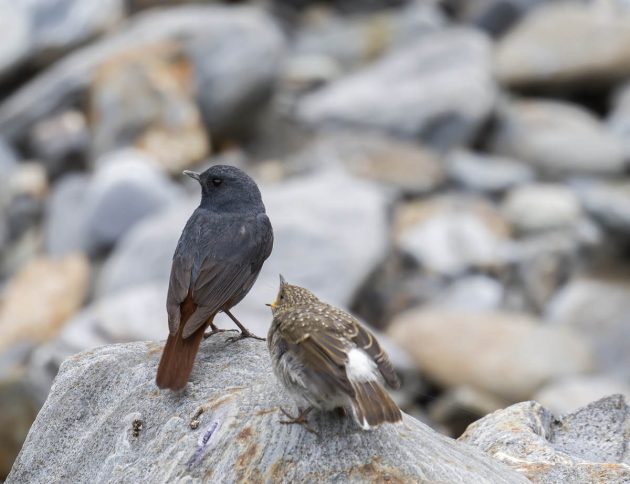
The Grey-backed Shrike apparently prefers locations close to human settlements – not because humans are particularly nice (we are not), but “because these habitats offer a better foraging substrate and places safe from large predators” (source).
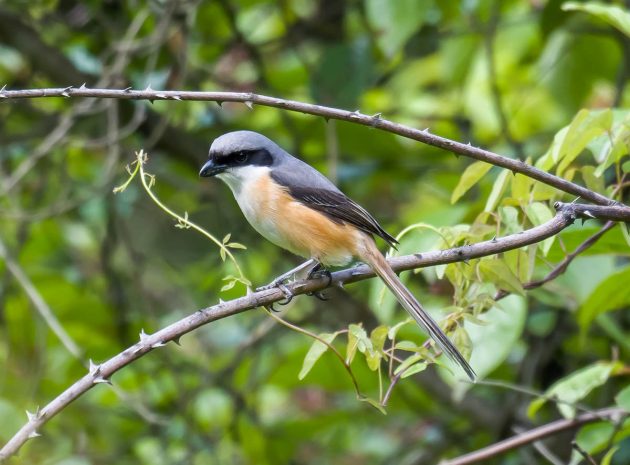
At some point, a Chinese researcher had a brilliant idea: Let’s prepare a paper on the complete mitochondrial genome of the Grey-backed Shrike!
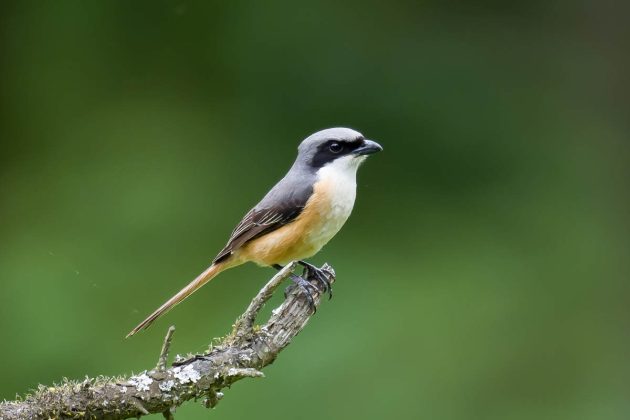
I still like the short species descriptions of eBird much better than the longer ones of the HBW or the dry ones of Wikipedia. Take the Red-billed Blue Magpie: “Raucous, vividly-colored magpie of lowland and foothill forests, gardens, and parks” (eBird).
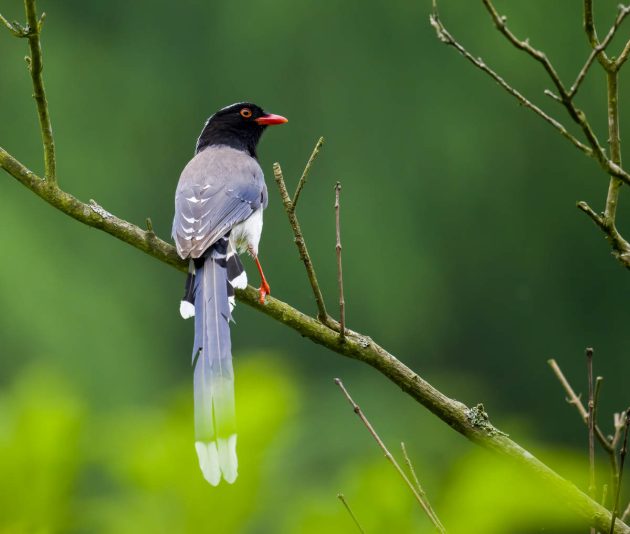
One study looked at nest failure of ground-nesting birds – while one of the failures was caused by predation by a Red-billed Blue Magpie, 83% of all failures were due to predation by mammals. I think I pointed out in previous posts that mammals are kind of evil.
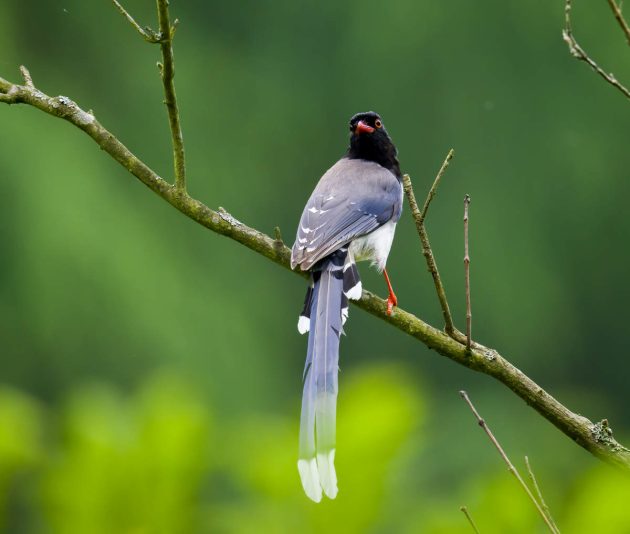
Trying to breed the species in an aviary provided some disappointments, for example with regard to their nest-building abilities: “I don’t know what previous experience the birds had at nest construction, but their attempt was pretty pathetic” (source).
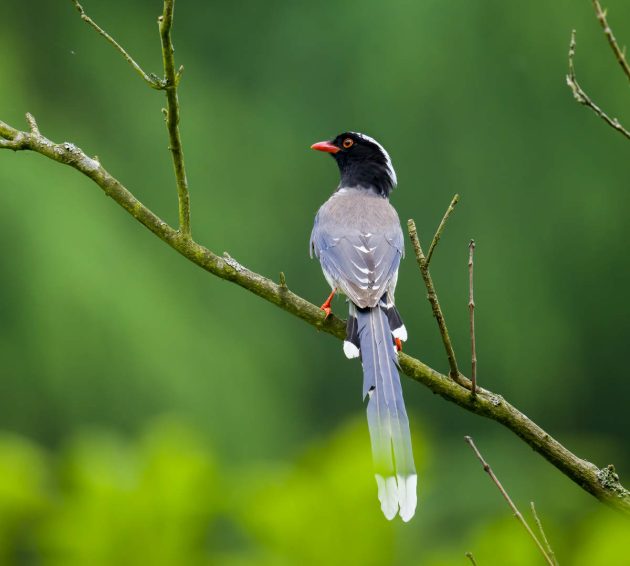
I did not really look for a White Wagtail as it is quite common in Shanghai, but took a photo anyway. Force of habit, I guess.
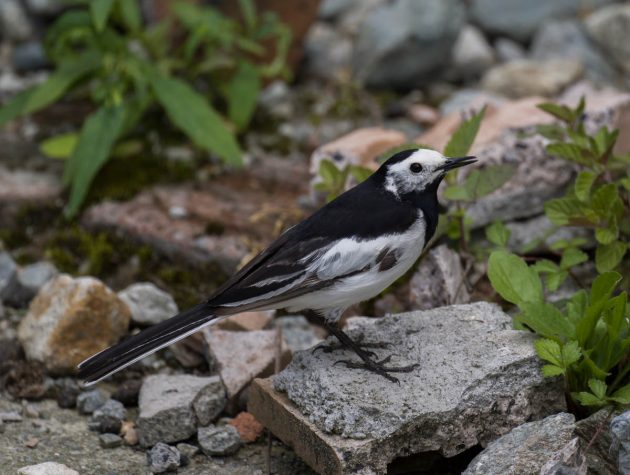
Ditto Oriental Turtle Dove.
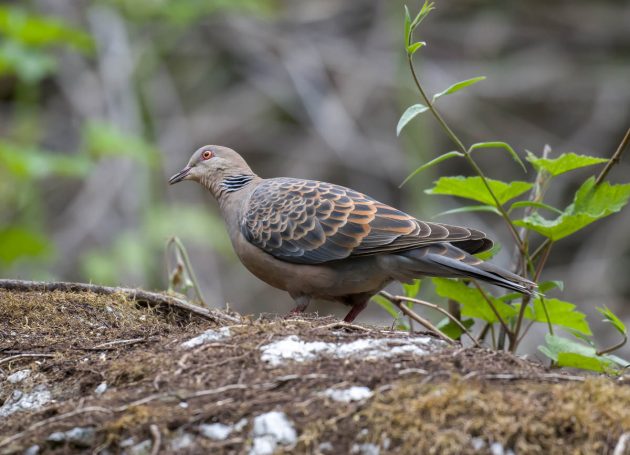
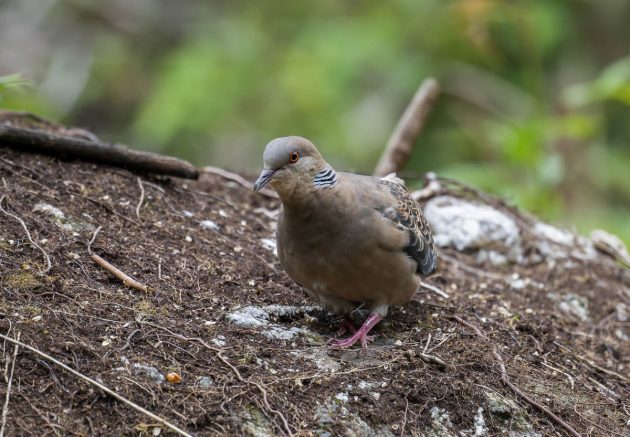
Two birds are named in honor of Elizabeth Gould, an illustrator of ornithological works and the wife of John Gould. One is the Gouldian Finch (an Australian bird, thus not seen at Wolongshan – the name was given to the species by John Gould) and Mrs. Gould’s Sunbird, which was given the name by Irish ornithologist Nicholas Aylward Vigors (1785-1840).
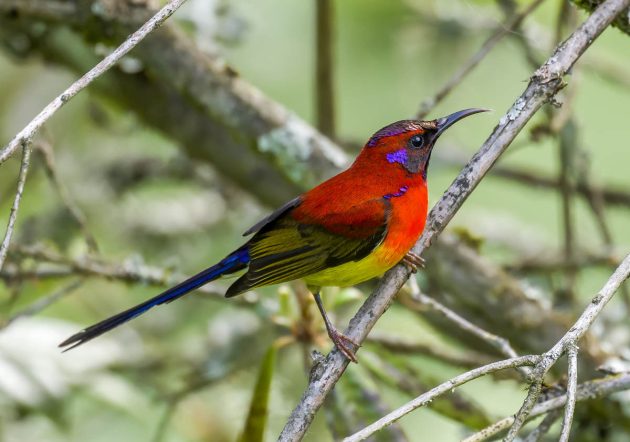
Vigors popularized a zoological system called the quinarian system. This was a rather bizarre system postulating that all taxa are made up of five subgroups. So, according to this system, if fewer than five subgroups are known of one taxa, then one still needs to be found. Sounds like numerology to me rather than like science, but then people are weird, and as a Sagittarius, I do not believe in numerology anyway.
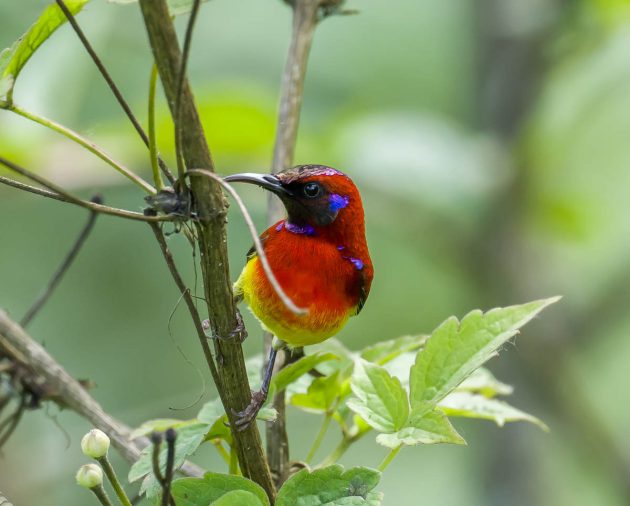
As for Elizabeth, Wikipedia states that her letters “reveal her as a charming, cultured, and musically and artistically talented woman”. And why not.
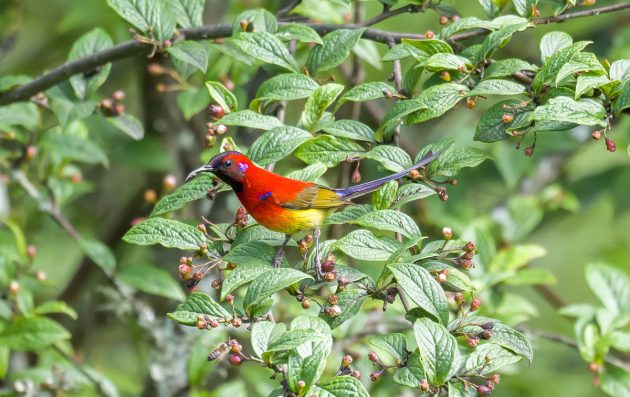
Finally, a German bird! Well, not quite. The Latin species name of the Slaty Bunting is siemsseni, after Georg Theodor Siemssen (1816-1886), a German merchant born in Hamburg, my favorite German city.
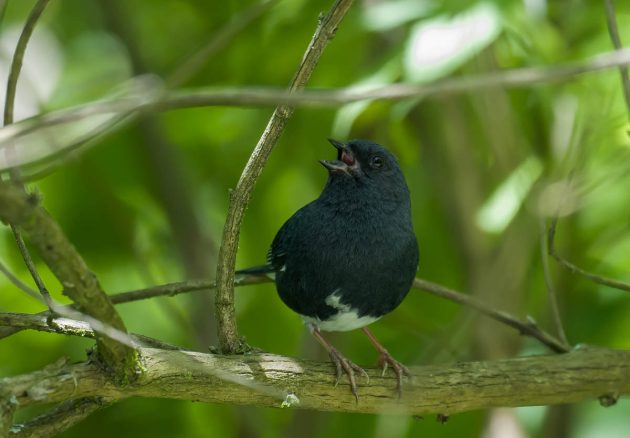
He spent the years from 1836 to 1858 in Asia, first in Indonesia, then in China, partly as the consul of the city of Hamburg in China. I have no clue why the Slaty Bunting was named after him – but it was done by one Gustav Heinrich Martens (an ornithologist who lived from 1842 to 1912) in 1906.
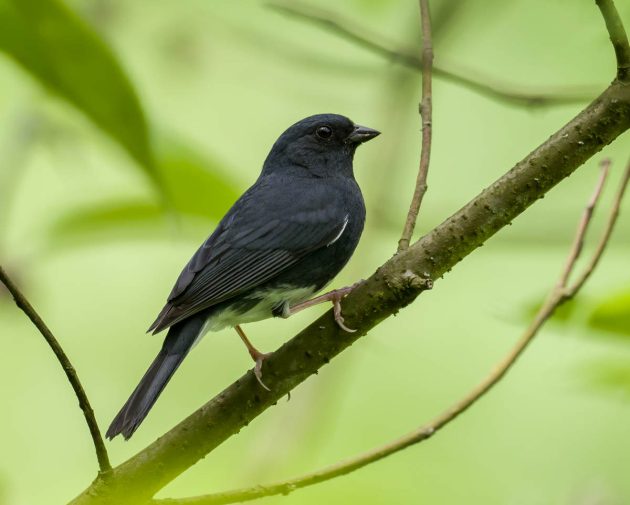
The photos show a male – the female is basically brown, something male buntings occasionally complain about.
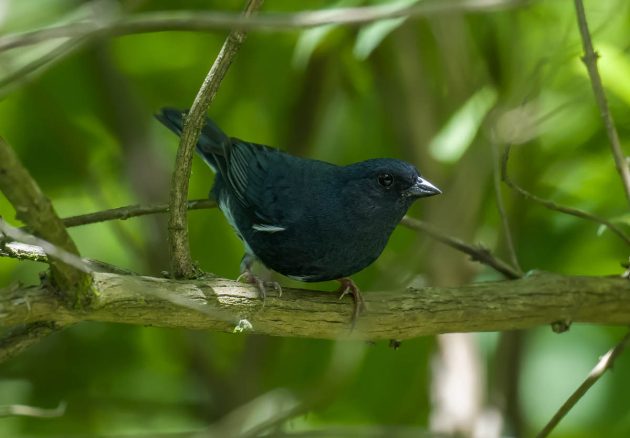
And guess what I found as well: A paper titled “Characterization of the complete mitochondrial genome of slaty bunting”. Oh, the joy.













Nice entry. Keep going.
Thanks, Knut!
I love your humor even more than your excellent photographs.
Thanks, Donald. Be assured that whenever I complain about somebody named Donald, I do not mean you.
Hope you progress with the laundry